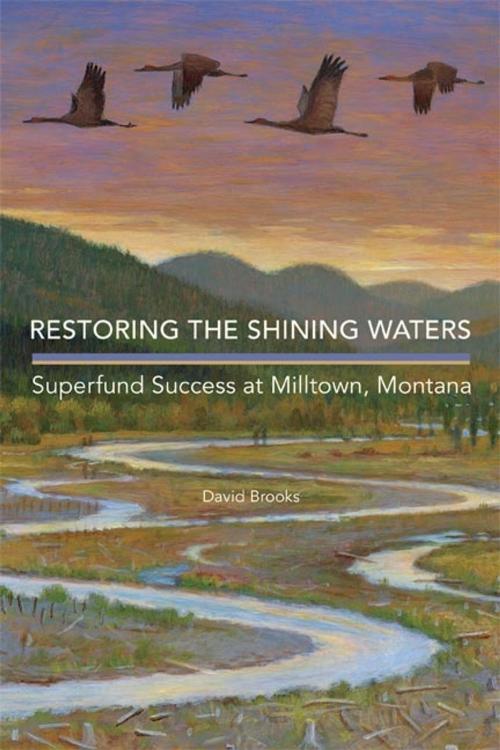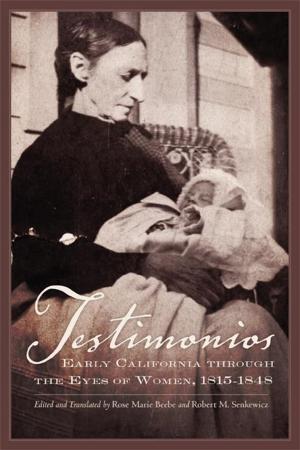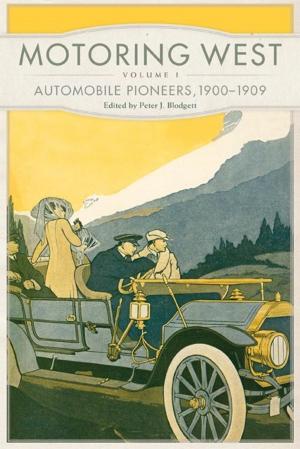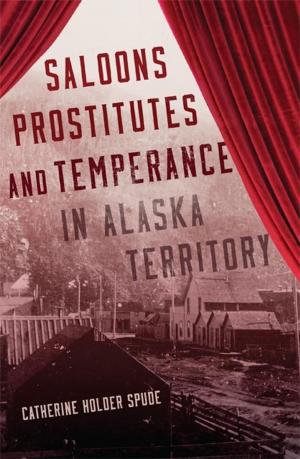Restoring the Shining Waters
Superfund Success at Milltown, Montana
Nonfiction, Science & Nature, Science, Biological Sciences, Environmental Science, History, Modern, 20th Century, Americas, United States| Author: | David Brooks, Ph.D | ISBN: | 9780806152493 |
| Publisher: | University of Oklahoma Press | Publication: | August 25, 2015 |
| Imprint: | University of Oklahoma Press | Language: | English |
| Author: | David Brooks, Ph.D |
| ISBN: | 9780806152493 |
| Publisher: | University of Oklahoma Press |
| Publication: | August 25, 2015 |
| Imprint: | University of Oklahoma Press |
| Language: | English |
No sooner had the EPA established the Superfund program in 1980 to clean up the nation’s toxic waste dumps and other abandoned hazardous waste sites, than a little Montana town found itself topping the new program’s National Priority List. Milltown, a place too small to warrant a listing in the U.S. Census, sat alongside a modest hydroelectric dam at the confluence of the Clark Fork and Blackfoot Rivers. For three-quarters of a century, arsenic-laced waste from some of the world’s largest copper-mining operations had accumulated behind the dam. Soon, Milltown became the site of Superfund’s first dam removal and watershed restoration, marking a turning point in U.S. environmental history. The story of this dramatic shift is the tale of individuals rallying to reclaim a place they valued beyond its utility.
In Restoring the Shining Waters, David Brooks gives an intimate account of how local citizens—homeowners, university scientists, county health officials, grassroots environmentalists, business leaders, and thousands of engaged residents—brought about the removal of Milltown Dam. Interviews with townspeople, outside environmentalists, mining executives, and federal officials reveal how the everyday actions of individuals got the dam removed and, in the process, pushed Superfund to allow more public participation in decision making and to emphasize restoration over containment of polluted environments. A federal program designed to deal with the toxic legacies of industrialization thus became a starting point for restoring America’s most damaged environments, largely through the efforts of local communities.
With curiosity, conviction, and a strong sense of place, the small town of Milltown helped restore an iconic western river valley—and in doing so, shaped the history of Superfund and modern environmentalism.
No sooner had the EPA established the Superfund program in 1980 to clean up the nation’s toxic waste dumps and other abandoned hazardous waste sites, than a little Montana town found itself topping the new program’s National Priority List. Milltown, a place too small to warrant a listing in the U.S. Census, sat alongside a modest hydroelectric dam at the confluence of the Clark Fork and Blackfoot Rivers. For three-quarters of a century, arsenic-laced waste from some of the world’s largest copper-mining operations had accumulated behind the dam. Soon, Milltown became the site of Superfund’s first dam removal and watershed restoration, marking a turning point in U.S. environmental history. The story of this dramatic shift is the tale of individuals rallying to reclaim a place they valued beyond its utility.
In Restoring the Shining Waters, David Brooks gives an intimate account of how local citizens—homeowners, university scientists, county health officials, grassroots environmentalists, business leaders, and thousands of engaged residents—brought about the removal of Milltown Dam. Interviews with townspeople, outside environmentalists, mining executives, and federal officials reveal how the everyday actions of individuals got the dam removed and, in the process, pushed Superfund to allow more public participation in decision making and to emphasize restoration over containment of polluted environments. A federal program designed to deal with the toxic legacies of industrialization thus became a starting point for restoring America’s most damaged environments, largely through the efforts of local communities.
With curiosity, conviction, and a strong sense of place, the small town of Milltown helped restore an iconic western river valley—and in doing so, shaped the history of Superfund and modern environmentalism.















